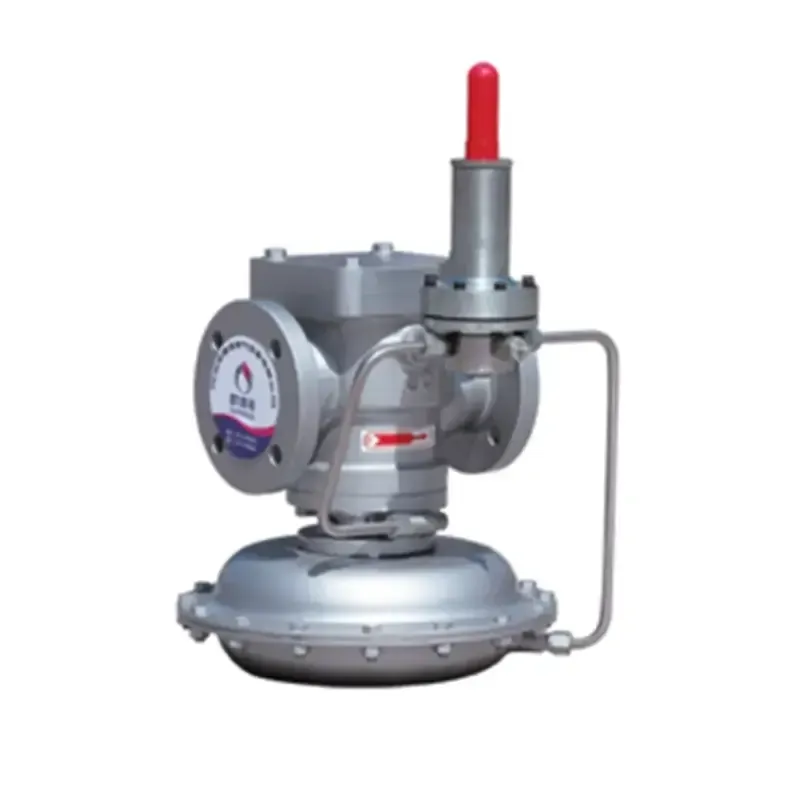
Nov . 09, 2024 03:23
Back to list
Understanding Relief Valve Functionality and Applications in Various Systems
Understanding Relief Valves Importance and Functionality
Relief valves are critical components in various industrial systems, designed to protect equipment and maintain safe operating pressures. These valves play an essential role in ensuring the safety and efficiency of processes, particularly in applications involving gases and liquids under pressure. This article will explore the fundamental concepts of relief valves, their types, functions, applications, and key considerations for their implementation and maintenance.
What is a Relief Valve?
A relief valve is a safety device used to automatically release pressure from a system once it exceeds a predetermined level. By venting excess pressure, relief valves prevent potential equipment failure, leaks, and catastrophic incidents that could result from over-pressurization. These valves are crucial in systems such as boilers, gas storage tanks, and hydraulic systems.
Types of Relief Valves
Relief valves come in various designs, with the most common types being
1. Spring-Loaded Relief Valves These valves use a spring mechanism to hold the valve closed until the pressure exceeds the preset limit. When the limit is surpassed, the spring compresses, allowing the valve to open and release the excess pressure.
2. Pilot-Operated Relief Valves These valves rely on a secondary control mechanism, often a smaller pilot valve, which regulates the main valve's opening. This design allows for better control and operation at higher pressures and flow rates.
3. Safety Relief Valves Specifically designed for gas applications, these valves open very rapidly in response to pressure surges, preventing dangerous accumulations of gas.
4. Bursting Discs While not technically a valve, these are rupture disks that provide a reliable method for pressure relief by bursting at a predetermined pressure. They are often used in conjunction with other relief devices.
Functionality
The primary function of a relief valve is to maintain safe operating conditions within a system
. When the pressure within pipes or vessels approaches dangerous levels, the relief valve opens to allow a portion of the fluid to escape. This process helps to reduce the pressure back to safe levels and ensures that the equipment operates within its design specifications.relief valve

The setting of a relief valve is crucial; it must be calibrated correctly to match the operational limits of the system. Regular testing and maintenance are essential to ensure that the valve operates effectively when needed. Failure to maintain a relief valve can lead to malfunction and system failure, putting lives and property at risk.
Applications
Relief valves find widespread use across numerous industries, including
- Oil and Gas To manage pressures in pipelines, storage tanks, and drilling rigs. - Chemical Processing To protect reactors and storage vessels from overpressure scenarios. - Water Utilities In water treatment and distribution systems to prevent pipe bursting. - HVAC Systems To maintain safe operating pressure in heating and cooling systems.
Key Considerations for Implementation
When selecting and installing a relief valve, several key factors must be taken into account
1. Pressure Ratings The valve must be rated for the maximum pressure it might encounter in the system. 2. Material Compatibility The materials of the valve must be compatible with the fluids or gases they will be dealing with to prevent corrosion and degradation.
3. Orientation and Installation Proper installation is vital; relief valves should be positioned to ensure they can function correctly under various conditions.
4. Regular Maintenance Periodic inspections and testing should be scheduled to ensure that the valve is functioning as intended. This includes checking for leaks, corrosion, and overall wear and tear.
Conclusion
Relief valves are indispensable safety devices that play a pivotal role in the safe and efficient operation of pressurized systems. Understanding their types, functions, and applications is crucial for industries that rely on pressurized equipment. By ensuring the correct selection, installation, and maintenance of relief valves, operators can safeguard their processes, mitigate risks, and maintain optimal performance in their operations. Investing time and resources into these essential components can lead to significantly enhanced safety and operational reliability in any industrial setting.
Latest news
-
Safety Valve Spring-Loaded Design Overpressure ProtectionNewsJul.25,2025
-
Precision Voltage Regulator AC5 Accuracy Grade PerformanceNewsJul.25,2025
-
Natural Gas Pressure Regulating Skid Industrial Pipeline ApplicationsNewsJul.25,2025
-
Natural Gas Filter Stainless Steel Mesh Element DesignNewsJul.25,2025
-
Gas Pressure Regulator Valve Direct-Acting Spring-Loaded DesignNewsJul.25,2025
-
Decompression Equipment Multi-Stage Heat Exchange System DesignNewsJul.25,2025

